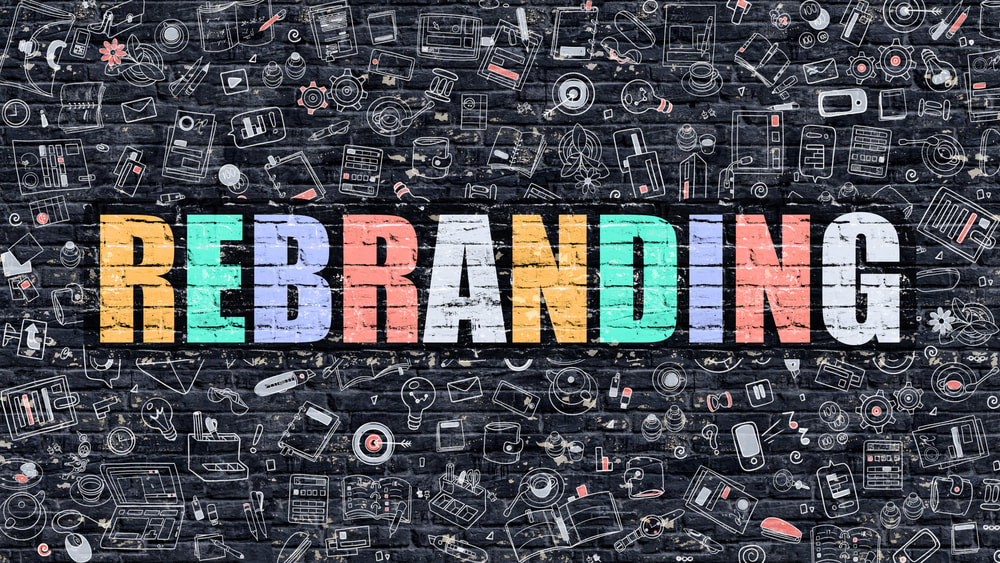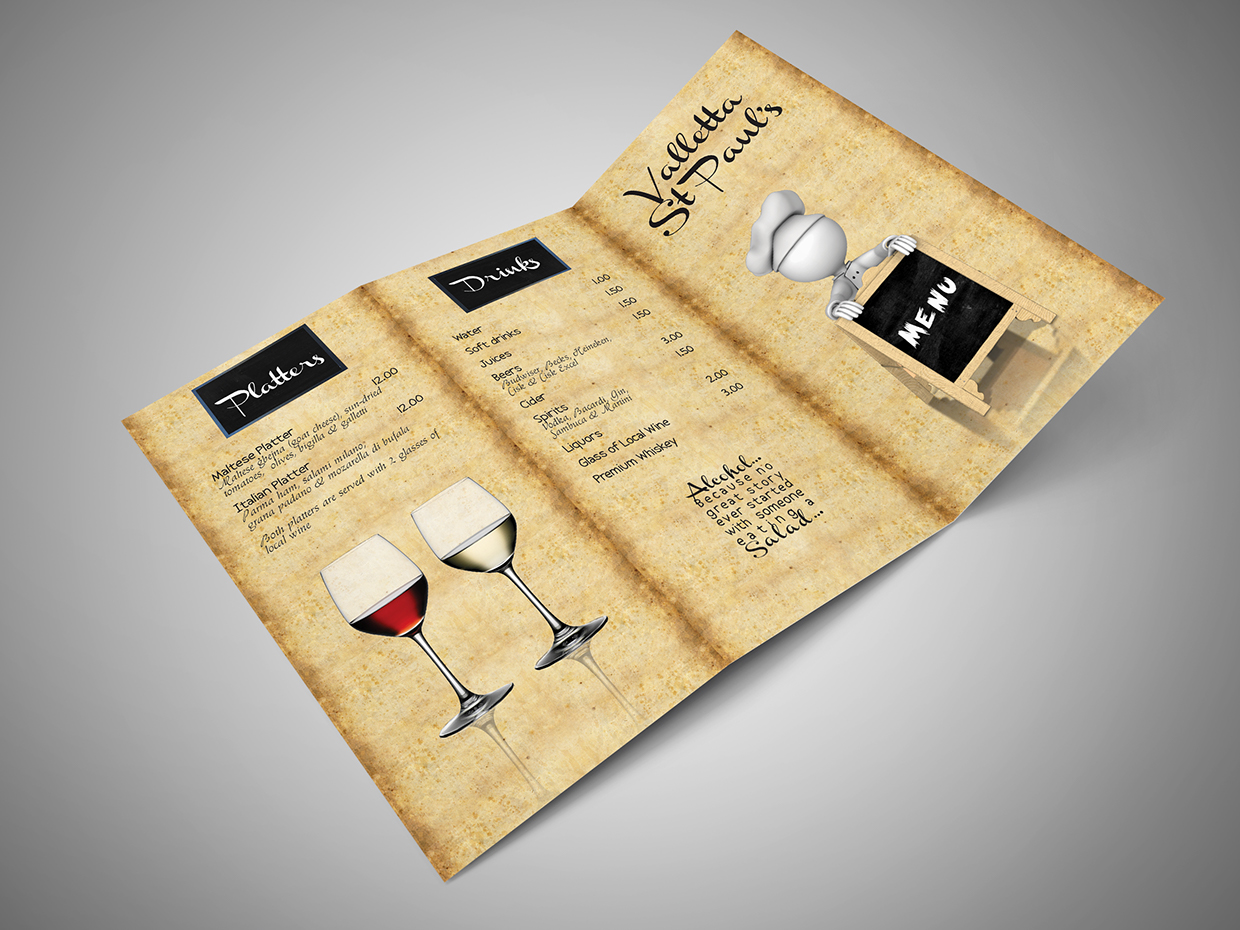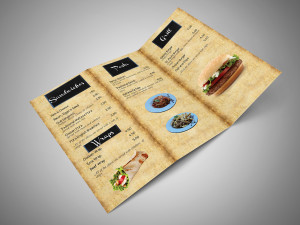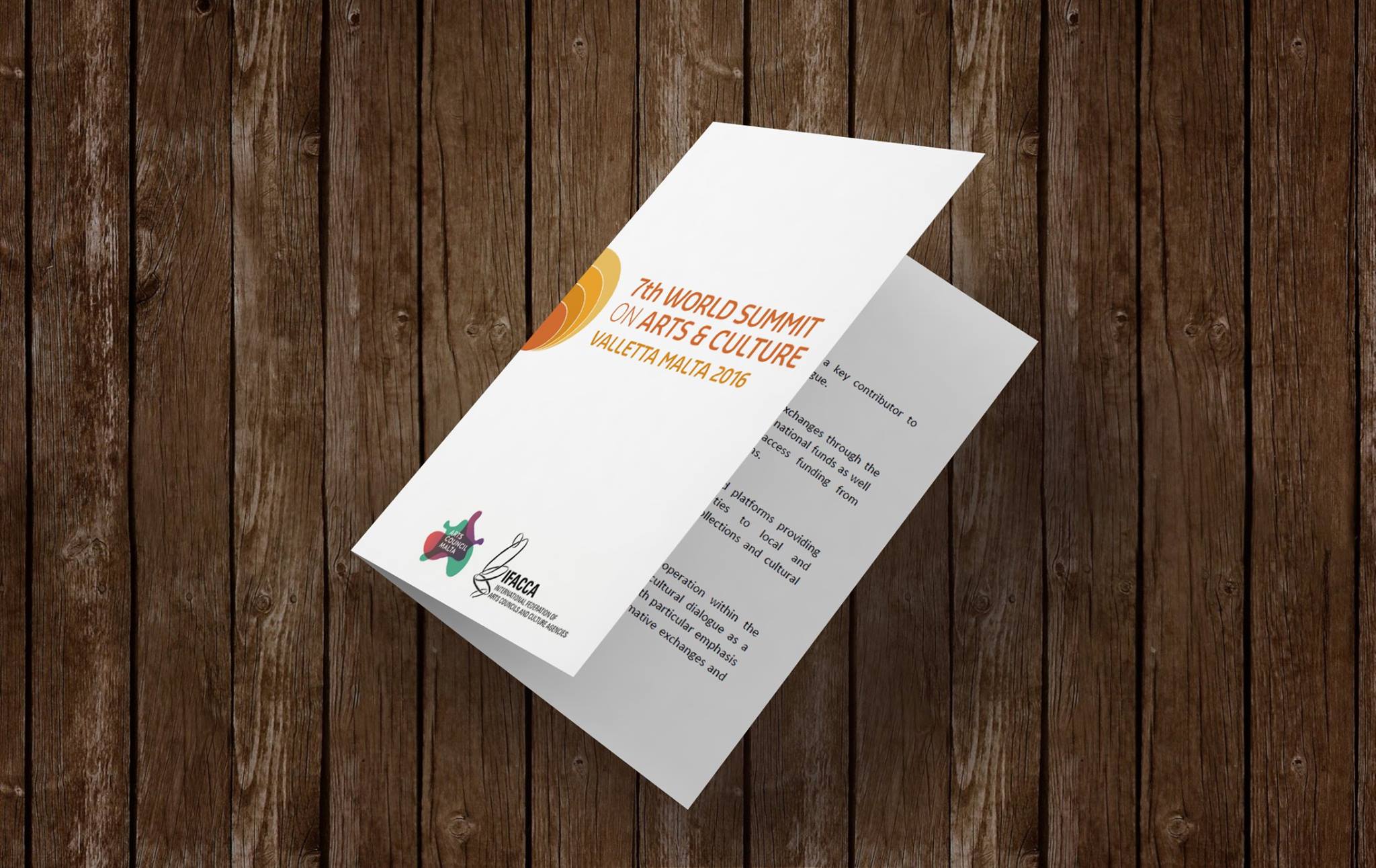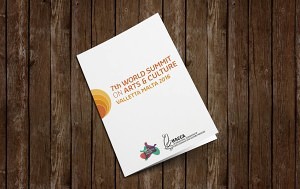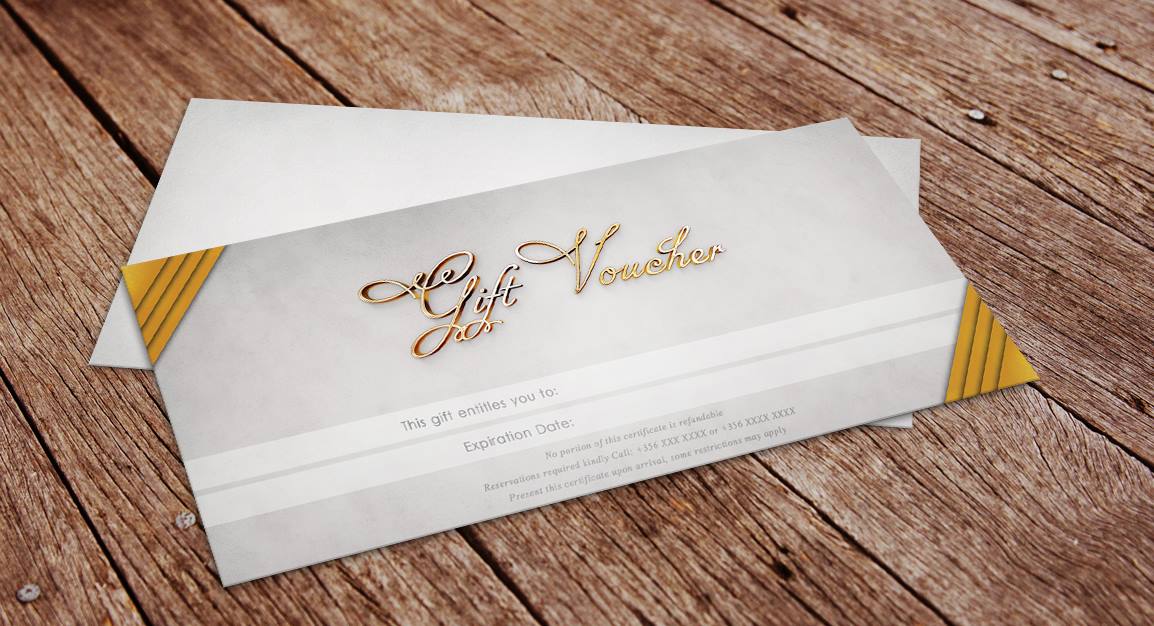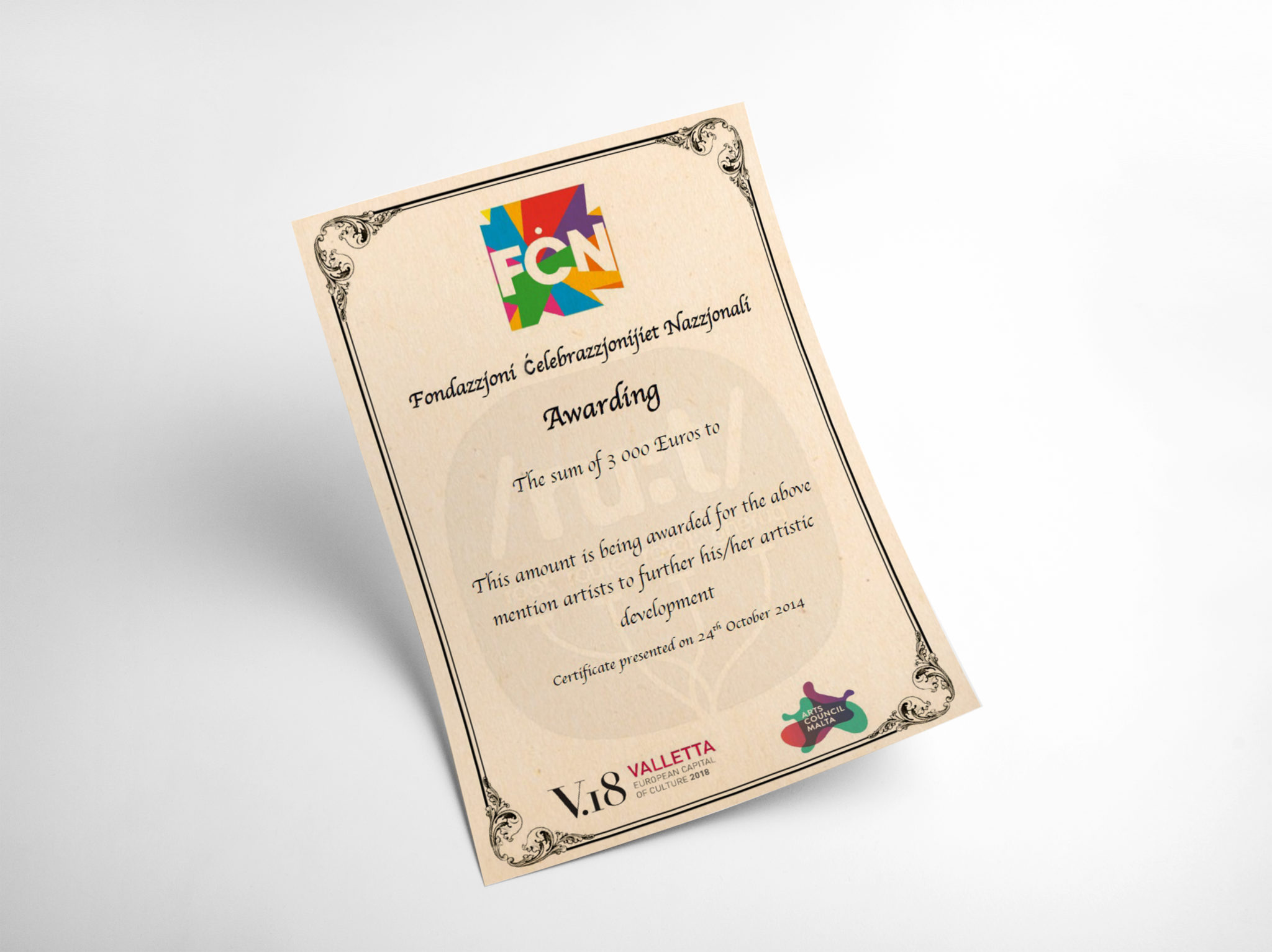Today’s fast world is matched only by the lightning-fast pace at which technology is developing. As creative professionals such as graphic designers, photographers, videographers, and digital marketers, we are always expanding our knowledge base, refining our techniques, and improving our equipment. The price of maintaining a state of technological and cultural relevance is high, though.
Professionals in these sectors devote a great deal of time and money to providing clients with the best possible service and staying ahead of the competition. Due to the ever-changing technological landscape, we must regularly update our hardware, software, and other resources to ensure optimal performance.
Mastering cutting-edge methods and tools sometimes involves a steep learning curve. Photographers need to use modern cameras and editing software; videographers must master new filming and editing methods; and digital marketers must keep up with ever-changing algorithms and advertising platforms.
Keeping up with technology also calls for a hefty financial commitment. The price tag includes everything from new technology and software to workshops, conferences, licencing, subscriptions, and specialised training. As professionals, it is our responsibility to make these payments and maintain a financially stable company.
Consider not only the final product or service when thinking about the hourly rates paid by specialists in various industries. A lot of time, energy, and money are put in behind the scenes to ensure a high-quality result. Charges are reflective of the time, money, and effort required to maintain the highest levels of expertise and knowledge in one’s field.
Clients and customers must understand the value that these experts bring to the table. A better understanding of the price structure and the development of a mutually beneficial relationship between service providers and clients can be fostered by recognising the substantial investment required to stay current and achieve great results.
Graphic Design
Mastering the Art of Logo Design and Rebranding: Creating Memorable Identities in the Modern Age
Logo design is the process of creating a visual representation that embodies the identity, values, and essence of a brand or company. A logo serves as a recognizable symbol or mark that distinguishes a brand from its competitors and helps to establish a memorable visual identity. The logo design process involves careful consideration of various elements such as colours, typography, imagery, and overall composition to create a cohesive and impactful design.
Rebranding: Rebranding refers to the process of updating or changing various elements of a brand’s identity, including its logo, name, messaging, visual assets, and overall brand strategy. Rebranding is often undertaken to reflect shifts in the company’s vision, target market, and values, or to adapt to changing market trends and consumer preferences. It involves a strategic approach to revitalize and modernize a brand’s image, positioning, and perception in the marketplace.
Rebranding typically involves the following steps:
- Evaluation and Analysis: Assessing the current brand identity, market position, target audience, and overall brand perception. This analysis helps identify the need for rebranding and sets the direction for the rebranding efforts.
- Strategic Planning: Defining the goals, objectives, and desired outcomes of the rebranding process. This includes establishing the brand’s positioning, messaging, and key attributes that align with the company’s vision and target market.
- Visual Identity Redesign: Redesigning the logo, typography, colour palette, and other visual elements to create a fresh, modern, and cohesive brand identity. The new design should communicate the brand’s values, personality, and differentiation effectively.
- Messaging and Communication: Developing new brand messaging, taglines, and communication strategies that align with the repositioned brand. This involves crafting compelling brand stories, key messages, and brand guidelines for consistent communication across various channels.
- Implementation: Rolling out the new brand identity and messaging across all touchpoints, including the website, marketing materials, social media profiles, packaging, and any other customer-facing assets. This ensures consistency and coherence in brand presentation.
- Launch and Promotion: Unveiling the rebranded identity to the target audience and stakeholders through strategic marketing campaigns and communication efforts. This includes leveraging various channels, such as PR, advertising, social media, and events, to generate awareness and excitement around the brand’s new image.
Rebranding is a complex and multifaceted process that requires careful planning, research, and creative execution. It aims to breathe new life into a brand, enhance its relevance and appeal, and create a strong connection with its target audience.
Ru:t Certificate
A collective exhibition has been organised to commemorate the 10th anniversary of Malta’s accession to the EU. The exhibition is an initiative of Fondazzjoni Ċelebrazzjonijiet Nazzjonali, and has been coordinated by Arts Council Malta, in collaboration with the Valletta 2018 Foundation. The exhibition was held at the Malta Maritime Museum, Vittoriosa in October, 2014. Short-listed artworks will be included in the collective exhibition. One, overall winner, will be awarded the sum of 3,000 euro to further his / her artistic training. This certificate was presented by honorable Dr Owen Bonnici.


